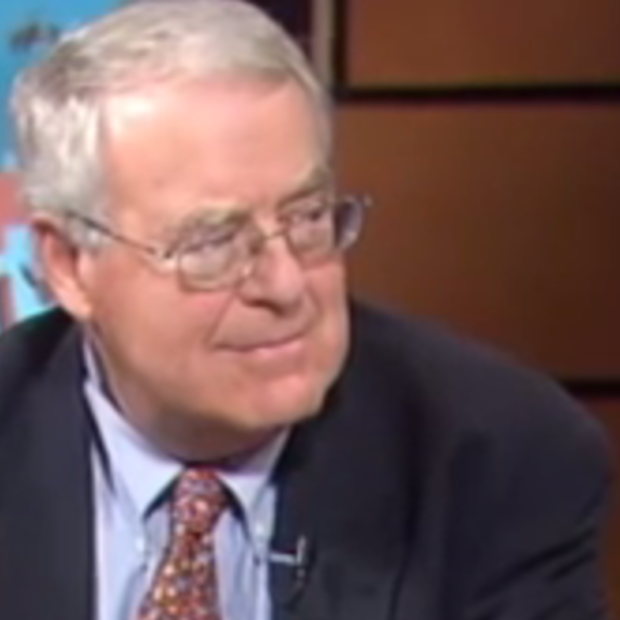Cars, traffic jams, cities, transportation, and the environment — political and intellectual territory now so well worn that most of the debating points are rendered in ceaselessly contending code words. Is there any way to make that drone fresher, livelier, broader, and filled with greater sense both of portent and opportunity for the future? Let's give it a shot.
In 2003 a seminal book, Road Ecology (Island Press), cracked open the door to a much broader vista by asking: What was the relationship between roads and nature itself? Its lead author was a Harvard School of Design landscape architecture professor, Richard T.T. Forman. Its topics ran the gamut from how the spacing of roads alters the functioning of natural environments — ecosystems — across entire landscapes to how road noise affects songbird distribution and roadside herbicide use contaminates nearby water. It addressed roads themselves, not just cars, and rural and natural lands and waters, not just human communities. It marked and contributed new ways of thinking about transportation systems, their contexts, and their consequences.
Eight years later, Seattle this week has hosted the biennial International Conference on the Ecology and Transportation (ICOET), now the biggest periodic gathering of the road ecology movement. Once this was the transportation sector’s most arcane and even offbeat conference (“Your Ph.D. thesis covers precisely what aspect of lichen reproduction on gravel shoulders?”). Today the conference has become downright mainstream (right to the cash bar and nibbles-supper at the Seattle Aquarium) for scientists, government officials, and academics represented among 550 registrants including individual presenters from 21 countries.
One of ICOET’s important themes is promoting non-lethal, even peaceful, coexistence between vehicles traveling along roads and wildlife needing to cross them. This is a critical question for human road safety, species survival, and the very important values of ecosystem biodiversity. Highways in Florida have jaguar crossings; shoreline roads in Taiwan have crossings for breeding crabs; the new commuter rail line for Cape Cod has 52 crossings for spotted turtles; roads in Queensland are being planned to minimize vehicle strikes on the endangered flightless Southern Cassowary, one of the world’s largest birds. One senses that in not too many years, those imperatives will be regarded as standard operating expectations.
But frontiers of curiosity and concern for nature are constantly expanding. To graze ICOET, right in Seattle at the Westin Hotel, has been to learn, for example, that researchers studying railroad embankments in Sweden have identified 2,400 species of flora and fauna among which is a critical pollinator, rendered in English as the “Railway Bee,” for supporting agricultural prosperity on adjoining local farmlands. And the Swiss Academy of Road and Transport Experts has just published road ecology manuals for engineers. And the worldwide wildlife community is agonizing over the fate of some of the most important African animal migrations if the international development community should fail in efforts to persuade the government of Tanzania to relocate a proposed road away from most sensitive areas of the Serengeti plain.
Road Ecology author Richard Forman himself, now a bit of an international ecological rock-star (and no stranger to the Seattle area, with a son working locally for that big software company), was a two-day conference drop in. He was flying back to Boston from Beijing where he had just given the keynote at the first convening of the road ecologists in the Academy of Transportation Scientists at the Chinese Ministry of Transport. To find his book in the hands of Chinese road engineers, he told me, was his single most delicious delight in watching its influence spread far and wide in the eight years since its publication.
But he worries. Cars manufactured and bought, vehicle-miles-traveled, expressways built — he is amazed at what he has seen in China — are all expanding faster than road ecology thinking. At an impromptu conference talk, he urged that for protecting landscapes, restating nature, and addressing fossil fuel shortages, elevated personal rapid transit systems should be considered. An example is the new Podcar installation serving Masada Institute of Science and Technology in the United Arab Emirates, along with other possibilities that are often a topic of futurist transportation thinking in tech-savvy environments.
Maybe.
"Connectivity" is one of the buzzwords on the road ecology movement and therein lies the heart of the keeper message for us in Seattle. Our challenge is precisely the challenge the road ecology movement has identified in the realms of habitat, ecosystems, and landscape. Ultimately, the stakes at play in our transportation debates and policies are the future unique landscape and ecological character of the Puget Sound region. It is time seriously to reckon with how communities of people now and in the future affect and shape communities of nature and the uses of land and water that are, in the fullest sense of the word, our ecological landscapes.
We have not yet demonstrated the capacity to do this with real results at meaningful scale. When we shall, we will have begun to discover how shaping our human environments and protecting and preserving Puget Sound, in its panorama of water and watershed, are one and the same problem.


